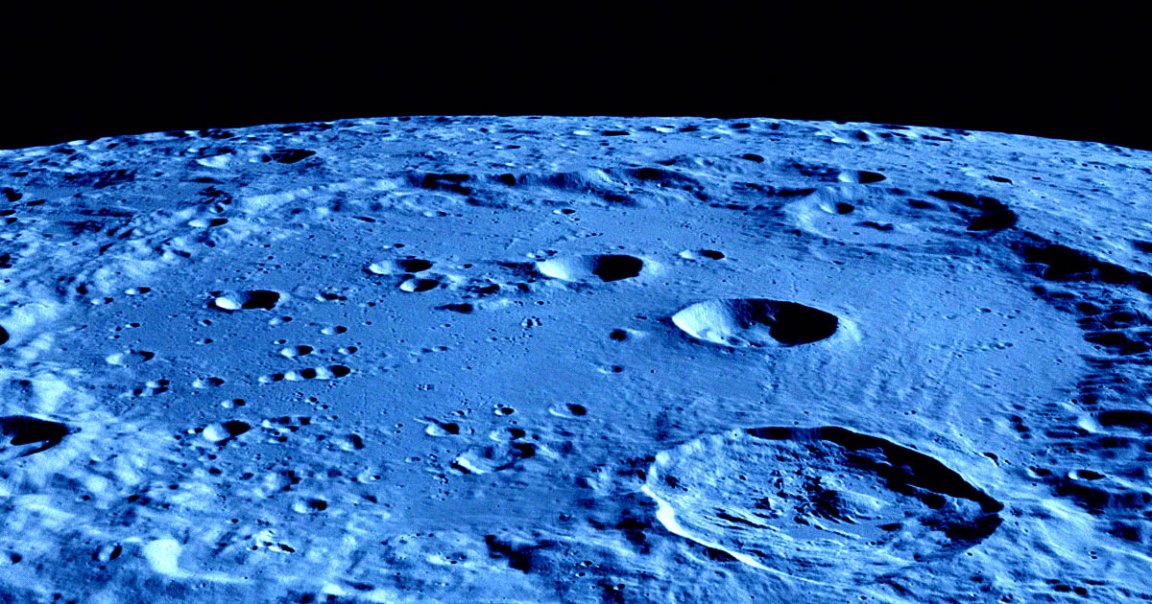
Multi-Platinum
Researchers say there could be over $1 trillion worth of platinum lurking under the surface of the Moon — a major lunar bounty waiting to be mined.
As detailed in a paper published in the journal Planetary and Space Science, independent researcher Jayanth Chennamangalam and his team determined that out of around 1.3 million craters lining the Moon’s surface with diameters greater than 0.6 miles across, almost 6,500 were created by asteroids that contain commercial quantities of platinum, among other valuable ores like palladium or iridium.
To the researchers, the draw isn’t just the promise of immense wealth; the proceeds of mining these ores could be used to explore space.
“Today, astronomy is done to satiate our curiosity,” Chennamangalam told New Scientist, a surprisingly cynical statement that’s bound to raise eyebrows among researchers. “It has very few practical applications and is mostly paid for by taxpayer money, meaning that research funding is at the mercy of governmental policy.”
“If we can monetise space resources — be it on the Moon or on asteroids — private enterprises will invest in the exploration of the solar system,” he added.
Moon Miner
Chennamangalam, who holds a PhD in astrophysics and was a postdoc at the University of Oxford, found that there could be a “lot more craters on the moon with ore-bearing asteroidal remnants than there are accessible ore-bearing asteroids.”
Mining these craters would be significantly simpler than traveling to distant asteroids, which most of the time don’t have enough gravity for mining operations.
But whether plundering the Moon for profit would even be legal remains a far murkier question. As New Scientist points out, the Outer Space Treaty, which was signed in 1967, sets strict rules for space resource mining, stopping any nation from claiming or occupying the “Moon and other celestial bodies.”
However, experts say those rules could still allow for governments to find loopholes and still claim licensing rights to extract resources.
In an effort to ratify international rules, the US established the Artemis Accords, a non-binding framework. However, neither China nor Russia has signed it, leaving its authority murky.
In short, the race to the surface of the Moon is on — a tight competition that could be decided between the US and China by the end of this decade, especially if a fortune in precious metals is at play.
More on the Moon: Elon Boasts of Huge Starship Improvements Immediately Before It Blows Up Spectacularly